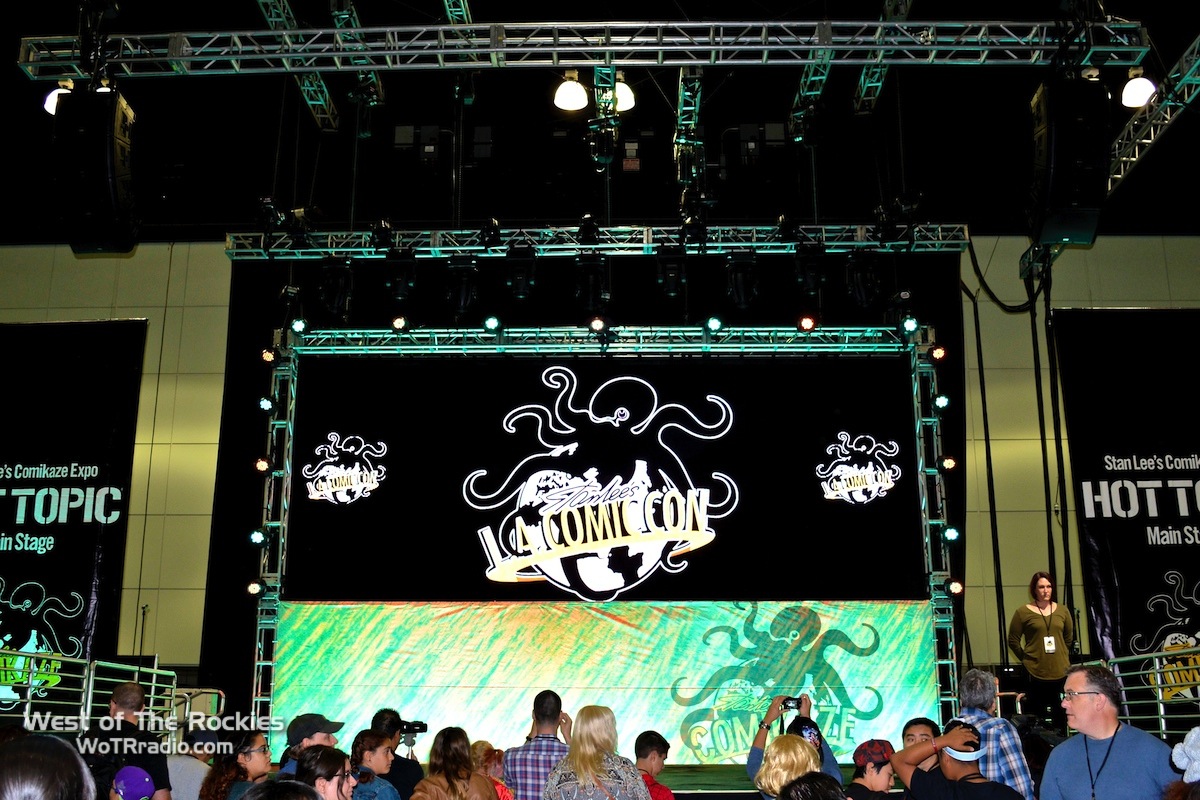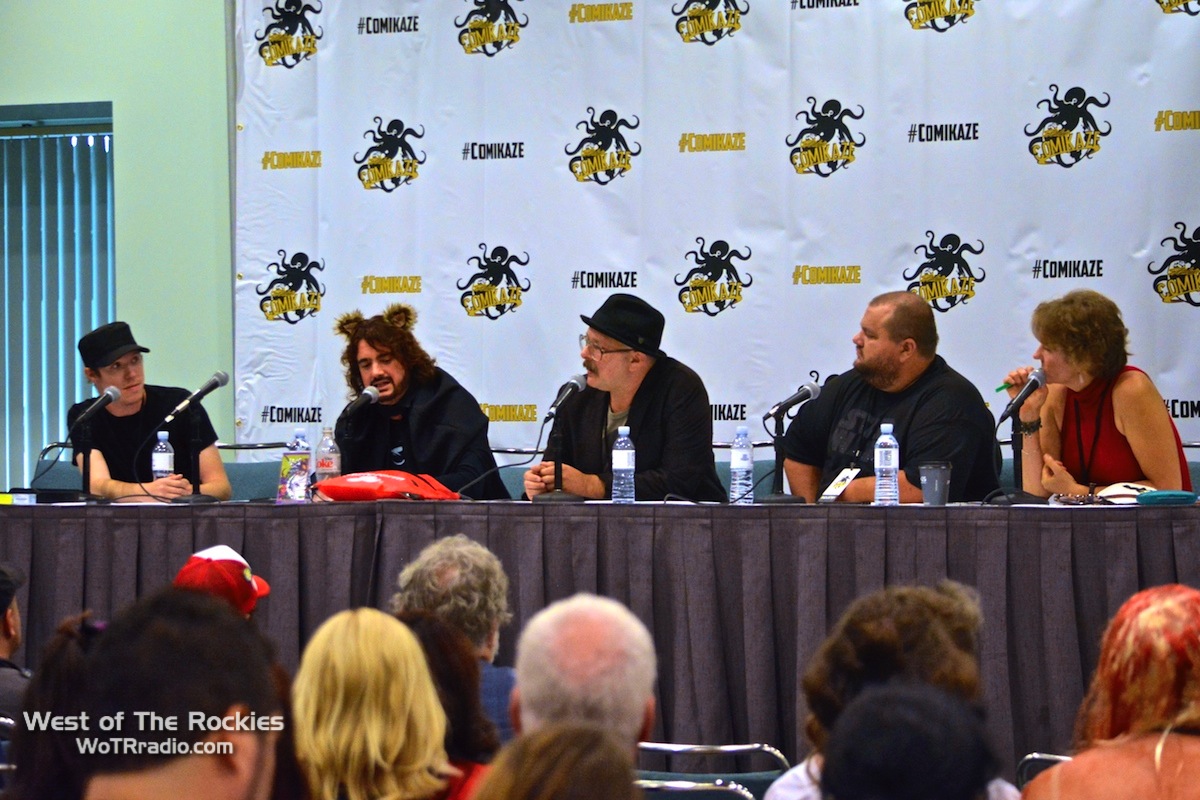Yet, despite the lack of statistics and details on the website, the results displayed in the documentary are nevertheless astonishing, and even when assuming a low success rate, it appears that this is enough to justify the efficacy of stem cell treatment. That is to say, even if we, for the sake of argument, were to assume that only those patients shown in the documentary had a success story, then (considering that Stem Cell of America has, thus far, treated approximately 3,000 patients) a success rate of 25 out of 3,000 still seems like an amazing figure, considering that the illnesses encountered were all “incurable.” I would think that most people in the world that either had an incurable disease, or a loved one suffering from such, would probably give a 1/120 statistic a chance, if it meant cure or at least considerable improvement in symptoms.
What other doubts are there when it comes to stem cell treatment’s safety? One of the main (and hopefully only) evidenced medical concerns was that a young Israeli boy suffering from ataxia telangiectasia (AT), an incurable, neurodegenerative disease, developed brain and spinal cord tumours four years after his neural stem cell treatment in Moscow (this was also brought up in the BBC documentary). Doctors are certain that the tumour was a direct result of the injected stem cells. However, things that were not mentioned by the documentary host include the fact that the tumours were found out to be benign, and that researchers claim the cells were poorly characterised prior to transplantation. Understandably, no tumour is good news, benign or not. Especially when occurring in the brain or spinal cord, they can still wreak havoc (the boy had already begun to experience headaches). However, there is still a huge difference between a malignant and a benign tumour, especially as regards the reactions that it might evoke in people. It particularly matters when it comes to evaluating a type of medical treatment: for many, a miniscule chance of developing benign tumours may well be outweighed by the prospect of potentially having a “normal” life again, so it seems wrong to omit such details. We all risk a potentially adverse reaction and negative side-effects every time we take any sort of medication – even something as simple as aspirin can result in death (if an anaphylactic reaction occurs). If the possibility of a negative reaction were to put everyone off taking any medication, then the entire medical industry would surely crumble, most of all the anti-cancer businesses. My point is, as it stands, one bad reaction in thousands is nothing compared to the close certainty of, say, chemotherapy having negative side-effects (often including a faster and/or more painful death than by cancer itself).
On to the second point, though, the likelihood that the stem cells in question were poorly characterised prior to transplantation – that is to say, the preclinical safety measures were most likely not adhered to, thus increasing the risk of the cells growing inappropriately. Not only that, however – it seems likely that other clinical guidelines were not followed as well. I won’t go into all the details here, but some googling and reading of online discussions will provide more information for anyone interested. The comment section at
the-scientist.com/?articles.view/articleNo/27148/title/Stem-cell-therapy-triggers-tumor/
is interesting, as is the blog entry on molphil.wordpress.com/2009/02/20/primum-non-nocere.
As one commenter on the-scientist.com points out:
“Although the Russians claim to be using "neural stem cells", they are not. They essentially take a whole fetal brain, put it in a cuisinart, and inject it uncharacterized as a graft slurry. This case has no bearing whatsoever on the legitimate biology and uses of stem cells, particularly neural stem cells.”
Furthermore, it should be noted that there had been no prior indication that stem cell treatment would help the disease in question (AT), so it was a highly experimental risk to take at best. In addition to that, the boy’s disease listed symptoms such as neurodegeneration, immune deficiency, and cancer susceptibility (among others), which must surely be taken into account when judging the fact that he developed tumours; at very least, it should make us question whether the treatment should have been carried out in the first place. Given these facts, can we really judge stem cell treatment in general, when we are only looking at a very specific case where standard protocol and clinical guidelines were most likely not met? Once again, it would be nice to know what the exact statistics are, specifically how often tumours are formed as a result of stem cell treatment. Without that knowledge, we can only assume for now that it was a one-off occurrence.
In any case, though we unfortunately only had an hour with Mr. Rader, and would certainly jump at the opportunity to discuss matters further with him, we managed to crank out a super informative and interesting interview, questioning Rader on ethical, functional, and political issues of stem cell treatment.
One of the main ethical issues attached to this topic is the question of whether it is morally right to allow the use of cells from aborted foetuses. In general, those opposing the use of dead foetuses are those with a religious background that believe in the sanctity of the foetuses’ life. Many of these people will argue that, because the foetus is viewed as being on par with any other human life, it is therefore wrong to use it, because using it would involve killing it. However, such arguments appear to completely miss the point of the foetuses being dead already.
At its core, the question should probably read more like this: given that the foetuses have already been aborted, and the appropriate permissions obtained, should there be any more of an ethical issue in using the cells for research and treatment than there would be in using the body of someone who has died and provided prior permission for use of their body (e.g. is on the organ donor list) for research or transplant components? Or, perhaps more closely relevant, in using tissue or organs from a deceased child, given permission from its parents? If someone believes that organ donation post-death is acceptable, it should follow that stem cell donation after the death of a foetus should also be allowed.
Another commenter on The-Scientist.com article made some really great points relevant to this:
“The practice of taking stem cells from aborted foetuses is no more or less desirable than the act of aborting foetuses in the first place. I suppose the extra distaste comes from creating a market for aborted foetuses, but whether this would ever affect the actual number of abortions being carried out is debatable. There is an argument (an old argument, I admit, and used for all sorts of questionable research) that, if the research is not done in countries operating under world's best practice methodologies (due to current legislation), then it will be done in less optimal environments and in countries with fewer scruples. And there is a plentiful supply of customers from the West willing to fund it. The end result is poor research and more suffering to the families who choose to try such therapies.”
Of course, there is also the question of how to avoid deliberate conceptions, with an abortion already in mind (most likely for financial gain); that is, how does one prevent abortion from becoming a business? Or how do we prevent a female family member from intentionally planning an abortion, in the hope of saving another ill family member? Though practical more so than ethical, such questions were also posed to Rader during our interview.
Religious or not, one could also apply the Slippery Slope form of argument so often used in ethical debates – though openly regarded as fallacious, it’s something that we should nevertheless bear in mind, since it is so often thrown about. In fact, this topic has various “slippery slopes” open for analysis. For instance, where do we draw the line at who really needs stem cell treatment? Should it be open to everyone and anyone? Someone with a life expectancy of two months? Two years? Youngsters with debilitating diseases? Or anyone, no matter how old, with a debilitating disease? Only someone who has tried all other options? At what point does one declare “all other options” to have been attempted? What if someone merely wants to maintain, say, their youthful looks, and thus regularly undergoes stem cell treatment, essentially in an attempt to delay the onset death. Is this right? (Not that it ever stopped billionaire David Rockefeller from obtaining his six heart transplants, though admittedly not officially proven; and, considering how well he hides his medical history, I guess we’ll never know for certain. In any case, it definitely is not illegal to obtain numerous organ transplants, and it’s certainly conceivable that someone rich and/or famous enough could do so, which is the main issue).
We touch on the above, alongside other, ethical dilemmas during the course of the interview. Putting the ethical aside for now, though, there are far more questions even beyond this: we also approach Rader concerning the trustworthiness of stem cell treatment, especially as pertains to the claims made by those who provide the service, and whether or not this type of treatment may be just another ploy by pharmaceutical companies to put more money in their pockets (much like, say, the increasing push for anti-depressants in the last few years).
We were extremely intrigued and somewhat relieved by Dr. Rader’s response. It appears that stem cell treatment cannot be patented, at least at the time of writing (in the US, as well as in Europe) – in the same way that DNA or any other part of the human body cannot be patented. This is clearly a huge drawback for Big Pharma, making it thus unattractive for most pharmaceutical corporations to get involved in this business. This, alongside the fact that successful stem cell treatments would severely reduce the earnings of such companies in regards to sales of medications and treatments (specifically those that treat terminal or “incurable” diseases). If you believe the Big Pharma Conspiracy to be true, or at least possibly true, then this should definitely set off some alarm bells. On the plus side, it means that we can rest (relatively) assured that Big Pharma is not behind the pro-stem-cell hype.
Admittedly, this cannot prove that individual clinics and independent doctors are trustworthy when it comes to the treatment, but it is nevertheless a relief to know that pharmaceutical companies cannot claim stem cell treatment for themselves, monopolise it, and then charge extortionate prices, unreflective of its actual costs and effects.
The legalisation of foetal stem cell treatment still seems to be a while away though, and for now we need to remain wary of why the medical industry and the government in the U.S. is so adamant to keep this type of treatment at bay. It is no secret that the medical industry is a huge business here. Should we not be suspicious that medication such as Nexium, also known as the “purple pill” commonly prescribed for acid reflux, could cost us more than $200 in U.S. (these prices are based on the year 2013), whilst only costing $60 in Switzerland, the next-most-expensive price in the world for the same drug? In the Netherlands, it costs $23. Neither of the latter are third-world, or even developing, countries. Specialty drugs for chronic diseases such as multiple sclerosis carry similarly inflated prices, e.g. prescriptions of Copaxone and Gilenya cost approximately $4,000 and $5,500, respectively, nearly three times more than the most-expensive price in other countries. This surely tells us enough about the pharmaceutical agenda in the U.S., and it doesn’t appear to be good news.
There is simply not enough room to discuss this topic in full here. For a great overview of the points mentioned above, we recommend checking out The God Cells: Fetal Stem Cells Controversy, for yourself. There are pros as well as cons to foetal stem cell treatment, and we merely want to clarify the pros a little more, both as regards the treatment itself as well as Rader’s involvement thereof. I think the question that all these discussions boil down to is this: If it were you, or a loved one, that had a terminal illness, would you give foetal stem cell treatment a try? I think the reality we have to face is that a lot of people would be willing to take the risk, if not doing so meant certain death. Legal or not, tried-and-tested or not, the prospect of impending pain simply outweighs the cons for the majority of human beings.




























































































































